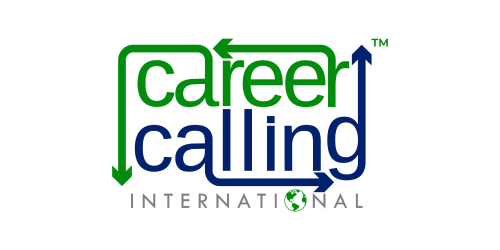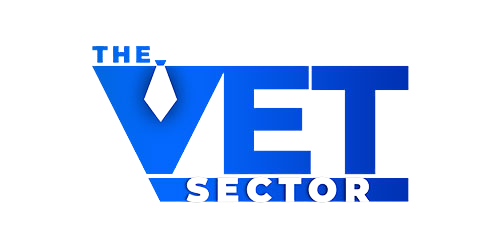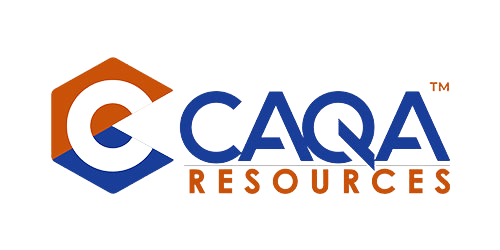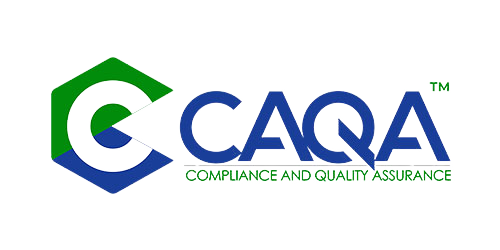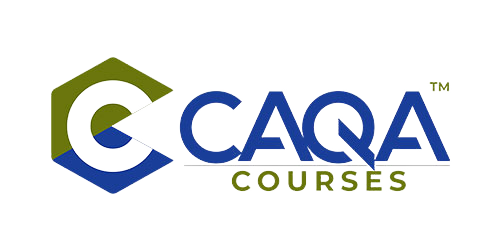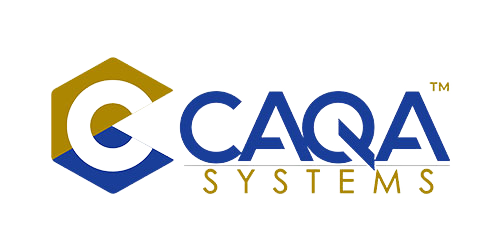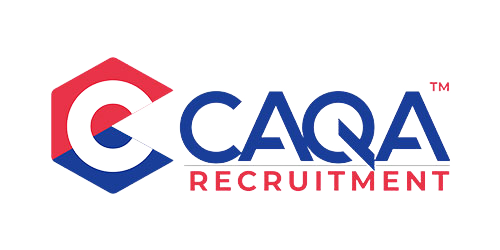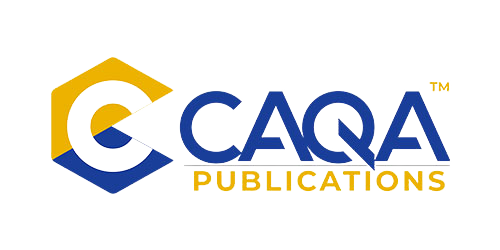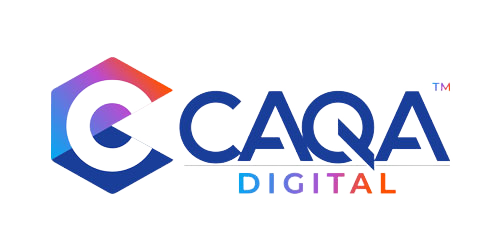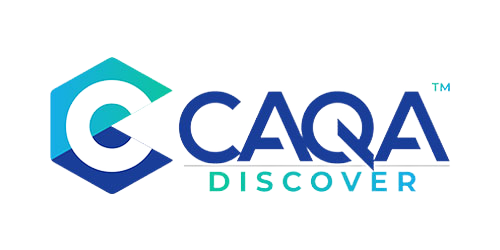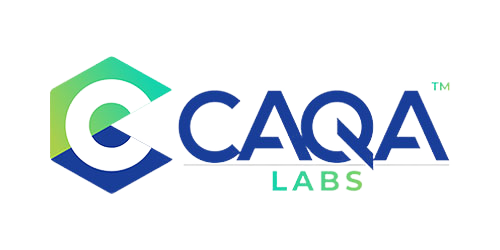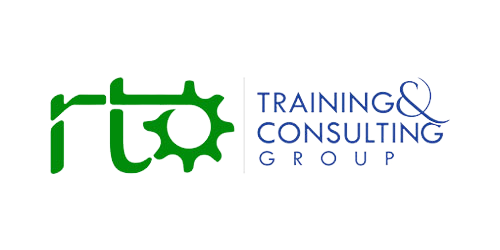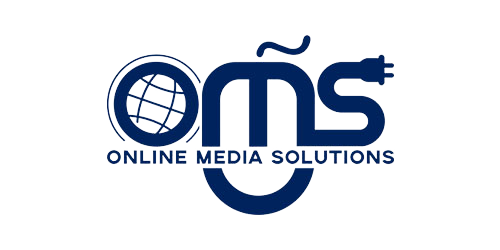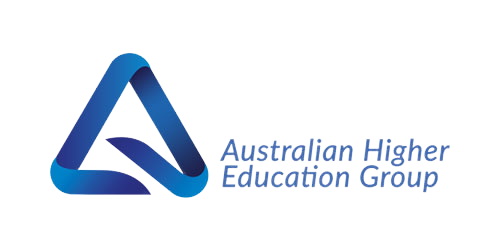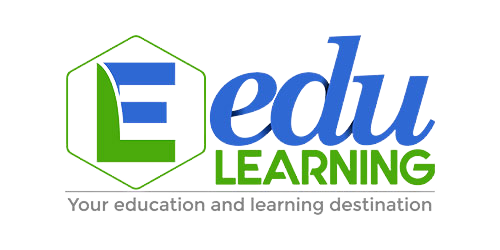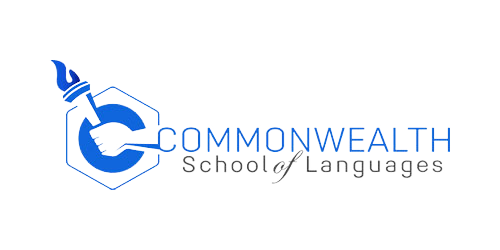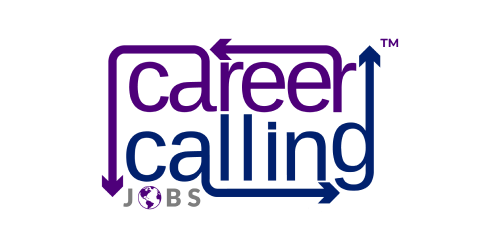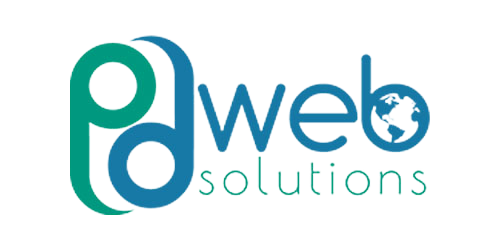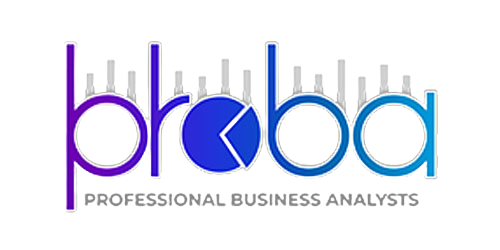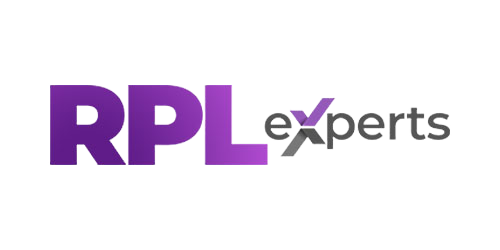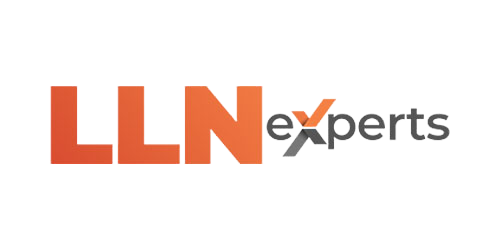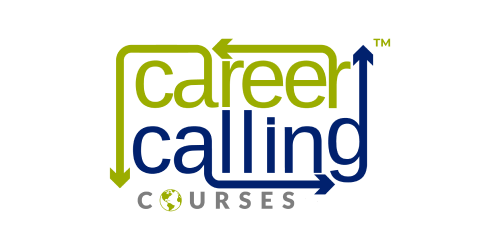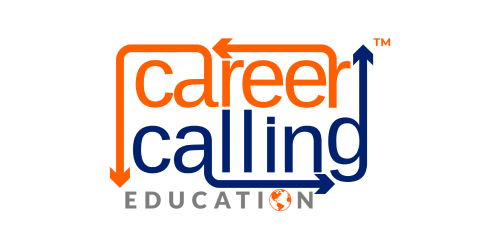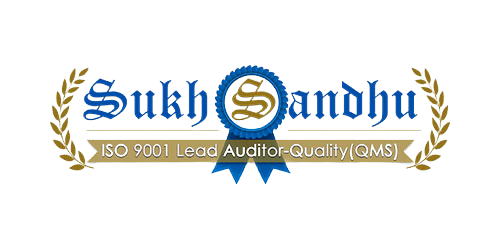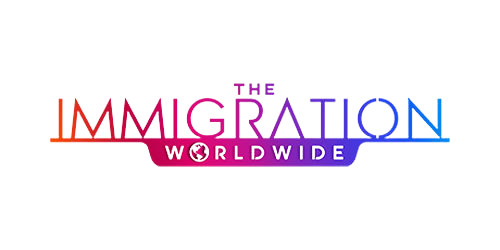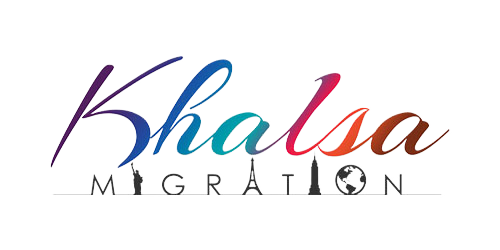When AI Becomes the Consultant: Redefining Value in Vocational Education
The vocational education and training landscape stands at a pivotal moment as artificial intelligence rapidly transforms not just what we teach, but how strategic decisions are made across the sector. With the emergence of advanced AI research tools capable of generating comprehensive analysis, strategic recommendations, and implementation plans, training organisations face a fundamental question: what remains the unique value of human consultants in this AI-augmented world? As RTOs prepare for the July 2025 standards implementation, understanding this shifting dynamic becomes increasingly crucial – auditors may ask not just about technological adoption, but how organisations are strategically leveraging both human and artificial intelligence to drive meaningful differentiation in an increasingly competitive sector.
The debut of sophisticated "deep research" capabilities in AI platforms represents a watershed moment for decision-making across industries, including vocational education. These systems effectively function as junior consultants, conducting comprehensive research on strategic questions and generating both implications and recommended next steps. For RTO leaders who previously relied on external consultants to provide market analysis, compliance guidance, or strategic recommendations, these tools create compelling alternatives with significantly reduced cost and time investment. When comprehensive research on training market trends, regulatory changes, or implementation approaches becomes available in minutes rather than weeks, the traditional consulting model faces unprecedented disruption.
This transformation raises existential questions for both consultants serving the vocational education sector and the training organisations relying on their expertise. If AI can generate sophisticated analysis of training market gaps, create detailed compliance implementation plans, or develop comprehensive international expansion strategies, what distinctive value do human consultants continue to provide? More fundamentally, how should RTOs balance the democratised insights available through AI with the need for genuine strategic differentiation in an increasingly competitive education marketplace? These questions demand thoughtful consideration from both providers and recipients of consulting services in vocational education's rapidly evolving landscape.
The Consultant's Dilemma: Reinvention in an Age of Abundant Insight
For consultants serving vocational education providers, the proliferation of AI-generated strategic insights creates both an existential threat and a transformative opportunity. Traditional consulting value propositions centred around information gathering, competitive analysis, and best practice identification face significant disruption when sophisticated AI systems can perform these functions in minutes rather than weeks or months. The extensive research that once required teams of analysts combing through market reports, regulatory documentation, and competitive intelligence can now be accomplished through well-crafted prompts to advanced research platforms – a transformation that fundamentally challenges consulting's established value model.
This disruption extends beyond initial research to the subsequent phases of traditional consulting engagements. AI systems can now generate not just information but prioritised recommendations based on organisational constraints, market conditions, and strategic objectives. They can identify potential implementation approaches, compare alternative pathways, and even create detailed execution plans for selected strategies. For consultants who previously differentiated through comprehensive deliverables, packaging research findings, strategic options, and implementation roadmaps, this technological capability creates an uncomfortable reality: much of their traditional value proposition can now be replicated through sophisticated prompting of increasingly capable AI platforms.
Yet within this disruption lies the potential for meaningful reinvention around higher-value activities that resist automation. As information gathering and option generation become commoditised, the consultant's value increasingly shifts toward strategic navigation – helping organisations chart distinctive paths through complex environments rather than simply identifying potential directions. This navigation function involves critical judgment about which AI-generated insights merit attention, which recommended paths align with organisational identity and capabilities, and which implementation approaches will generate sustainable competitive advantage rather than short-term parity. For consultants serving vocational education, this evolution demands both letting go of previously profitable activities and embracing new value creation models centred on distinctive human capabilities.
The Strategic Paradox: When Everyone Has the Same Playbook
For vocational education providers, the democratisation of strategic insight through AI creates a fundamental paradox: when every organisation has access to the same research, recommendations, and implementation approaches, how can any achieve meaningful differentiation? If every RTO can prompt AI to generate a comprehensive analysis of emerging skill demands, innovative delivery models, or international expansion opportunities, the resulting strategies risk dangerous similarity, creating "perfect competition" scenarios where distinctive advantage becomes increasingly difficult to sustain.
This strategic paradox becomes particularly acute in regulated education environments where compliance requirements already create structural similarities across providers. When AI can generate comprehensive implementation plans for new regulatory standards, technology adoption roadmaps for emerging educational platforms, or market entry strategies for underserved training domains, organisations following these recommendations risk strategic convergence – implementing similar approaches in similar ways with similar timing. The resulting competitive landscape features numerous providers delivering fundamentally similar offerings, with price becoming the primary differentiator in a race to the bottom that benefits neither providers nor learners.
The resolution to this paradox lies in understanding strategy's fundamental purpose: not simply doing what works, but creating distinctive approaches that generate sustainable competitive advantage. Organisations that simply ask AI, "How should we implement the 2025 standards?" risk receiving the same answers as their competitors, leading to implementation parity rather than differentiation. Those asking "how can we leverage our unique strengths to implement these standards in ways competitors cannot easily replicate?" begin a fundamentally different strategic conversation – one focused on distinctive capabilities, organisational identity, and sustainable advantage rather than universal best practices. This shift from standardised recommendations to differentiated approaches represents perhaps the most significant strategic challenge for vocational education providers in an AI-augmented decision landscape.
Strategic Navigation: The Enduring Value of Human Judgment
Amid this transformation, a clear model emerges for both consultants serving vocational education and the organisations engaging their services: strategic navigation focused on differentiation rather than standardisation. This approach leverages AI's capabilities for comprehensive research, option generation, and implementation planning while maintaining the essential role in charting distinctive strategic paths. Rather than seeing AI as a replacement for strategic thinking, this model positions it as a powerful enhancement to human decision-making, accelerating insight generation while preserving the critical judgments that define sustainable advantage.
For consultants, this navigation function involves helping vocational education clients ask better questions of AI platforms, interpret resulting insights through the lens of organisational identity, and craft implementation approaches that leverage distinctive capabilities rather than following standardised playbooks. It means shifting from information provision to sense-making – helping organisations understand which AI-generated insights matter most given their specific context, capabilities, and strategic aspirations. Perhaps most importantly, it involves the relationship-building and influence capabilities that remain distinctively human, guiding organisations through the complex change journeys that strategic differentiation inevitably requires.
For vocational education providers, embracing this strategic navigation approach means recognising that while AI can generate comprehensive information about potential strategic directions, the critical decisions about organisational focus remain inherently human judgments. When AI research reveals dozens of potential market opportunities in emerging skill domains, the decision about which to pursue must integrate considerations of organisational identity, existing capabilities, cultural alignment, and leadership passion that transcend purely analytical frameworks. These judgment calls – where to play, how to win, which capabilities to build – remain the essence of strategic leadership even as the information supporting them becomes increasingly AI-augmented.
Practical Applications: Strategic Navigation in Vocational Education
Distinctive Positioning in Crowded Training Markets
For vocational education providers operating in competitive domains with numerous similar offerings, strategic navigation offers compelling pathways to meaningful differentiation. Rather than simply implementing standardised best practices identifiable through AI research, this approach focuses on developing distinctive delivery models, specialised curriculum approaches, or unique learner experiences that competitors cannot easily replicate. The resulting positioning transcends commodity competition, enabling sustainable advantage even in crowded marketplaces.
For example, while AI might identify significant demand for cybersecurity training across numerous industries, strategic navigation involves making distinctive choices about specific market segments, delivery approaches, or curriculum emphases that align with organisational capabilities and create defensible competitive positions. One provider might focus specifically on operational technology security for manufacturing environments, another on governance frameworks for financial services, while a third builds distinctive capabilities in rapid response training for emerging threats. Each creates defensible strategic positioning rather than implementing the same comprehensive approach identifiable through AI research.
For consultants supporting such positioning efforts, the value shifts from simply identifying market opportunities to helping organisations make the critical choices defining distinctive approaches. This involves challenging clients to clarify their unique capabilities, identify genuine points of differentiation, and commit to strategic focus rather than pursuing every opportunity AI research might identify. The resulting strategic conversations focus less on what's possible and more on what's distinctive – the essential question in creating sustainable competitive advantage in crowded educational marketplaces.
Navigating Regulatory Transformation Strategically
Regulatory changes like the upcoming 2025 standards implementation create particularly challenging strategic navigation contexts, as compliance requirements inherently push organisations toward similar approaches rather than distinctive positioning. When AI can generate comprehensive implementation roadmaps addressing every compliance dimension, organisations following these standardised approaches risk investing substantial resources for competitive parity rather than advantage. Strategic navigation in these contexts involves identifying opportunities for distinctive implementation approaches that satisfy regulatory requirements while creating sustainable differentiation.
Rather than treating compliance as separate from strategy, this approach identifies opportunities to implement regulatory requirements in ways that enhance distinctive capabilities or reinforce competitive positioning. For example, while every RTO must implement specific governance requirements under the 2025 standards, some might leverage this necessity to build industry-leading transparency practices that enhance their market reputation, while others develop distinctive stakeholder engagement models that strengthen industry partnerships. These approaches satisfy the same regulatory requirements through implementation paths aligned with organisational identity and strategic positioning.
For consultants supporting such navigation efforts, the value comes not from explaining regulatory requirements or generating standard implementation approaches, but from helping organisations identify distinctive implementation paths aligned with their broader strategic positioning. This involves understanding both the regulatory details and the organisation's distinctive capabilities, then crafting approaches that satisfy compliance requirements while reinforcing market differentiation rather than diluting it through standardised implementation.
Leveraging AI for Accelerated Implementation
Perhaps the most promising application of strategic navigation combines human judgment about distinctive strategic directions with AI-accelerated implementation planning and execution. This approach recognises that while critical strategic choices remain human decisions, the detailed planning and execution support for implementing those choices can benefit significantly from AI enhancement. The resulting model accelerates implementation without sacrificing the differentiation essential for sustainable advantage.
For example, once human leaders have made fundamental strategic choices about which emerging skill domains to enter based on organisational capabilities and identity, AI can generate comprehensive implementation roadmaps addressing curriculum development, trainer recruitment, equipment procurement, marketing approaches, and regulatory compliance. These detailed plans don't determine strategy but accelerate its execution, allowing organisations to implement distinctive approaches with greater speed and comprehensiveness than traditional methods would allow.
For consultants supporting such accelerated implementation, the value comes from helping organisations maintain strategic coherence throughout execution rather than allowing implementation details to dilute distinctive positioning. This involves ensuring that AI-generated implementation plans remain aligned with the organisation's strategic intent, distinctive capabilities, and competitive positioning rather than defaulting to standardised approaches. The resulting implementation combines the efficiency of AI-generated planning with the differentiation of human strategic judgment – perhaps the most powerful application of strategic navigation in practice.
Implementation Considerations: Embracing Strategic Navigation
Evolving Consultant Engagement Models
For vocational education providers engaging consultants in an AI-augmented decision landscape, traditional engagement models focused on comprehensive deliverables may require significant evolution. Rather than commissioning lengthy research reports, market analyses, or implementation roadmaps that AI can increasingly generate, organisations should consider more collaborative engagement models focused on strategic navigation, critical decision support, and differentiation guidance. These approaches leverage consultant expertise for truly distinctive value while using AI for more standardised information gathering and option generation.
Potential engagement models might include strategic dialogue sessions where consultants help leadership teams interpret AI-generated research through the lens of organisational identity and competitive positioning. Implementation coaching approaches where consultants provide ongoing guidance during the execution of AI-generated plans to ensure alignment with strategic intent and distinctive capabilities. Capability-building engagements where consultants help internal teams develop the strategic navigation skills necessary for effective AI-augmented decision making. These models focus on consultant involvement on truly distinctive value rather than tasks increasingly accomplished through AI.
For consultants serving vocational education, these evolved engagement models may generate lower short-term revenue than traditional comprehensive projects but create more sustainable value propositions in an increasingly AI-augmented decision landscape. By focusing explicitly on the strategic navigation functions that resist automation, these approaches position consulting services for long-term relevance even as AI capabilities continue advancing. The resulting relationships emphasise genuine strategic partnership rather than information provision or standard solution implementation.
Building Internal Strategic Navigation Capabilities
Beyond engaging external consultants, vocational education providers should consider developing internal strategic navigation capabilities, combining AI literacy with critical judgment about distinctive positioning and competitive advantage. This approach treats strategic navigation as a core organisational competency rather than occasional external service, enabling more consistent application across decisions and more coherent strategic positioning over time. The resulting capability creates a sustainable advantage in an increasingly competitive and rapidly changing educational marketplace.
Developing these internal capabilities involves several dimensions. Technical literacy ensures leaders can effectively prompt AI systems to generate relevant research, options, and implementation approaches without overreliance on external technical expertise. Strategic judgment helps teams evaluate AI-generated options through the lens of organisational identity, distinctive capabilities, and sustainable competitive positioning rather than simply implementing standardised recommendations. Change leadership enables the influence and relationship building necessary to implement distinctive approaches despite the organisational inertia that often favours standardised solutions.
For consultants supporting such capability development, the value comes from transferring strategic navigation skills rather than maintaining dependency on external expertise. This capability-building focus may create shorter consulting engagements but generates more meaningful client impact and positions consultants as genuine partners in organisational development rather than simply providers of external analysis. The resulting relationships emphasise mutual capability enhancement rather than traditional provider-client dependencies.
Balancing Standardisation and Differentiation
Perhaps the most challenging implementation consideration involves determining which organisational activities benefit from standardised AI-augmented approaches versus those requiring distinctive strategic navigation for competitive advantage. Not every decision demands differentiation—many operational and administrative functions benefit from standardised best practices without sacrificing strategic positioning. Effective implementation requires thoughtful discrimination between these categories rather than applying either standardised or distinctive approaches universally.
For example, many compliance documentation processes, financial management functions, and basic administrative workflows benefit from standardised AI-augmented approaches without compromising competitive positioning. In contrast, decisions about educational delivery models, industry partnership approaches, or learner experience design often benefit from distinctive approaches aligned with organisational identity and strategic positioning. Effective implementation requires clarity about which activities fall into each category rather than treating all decisions as equally strategic.
For consultants supporting this balancing act, the value comes from helping organisations develop clear frameworks for distinguishing truly strategic decisions from operational ones amenable to standardisation. This discernment helps organisations focus scarce strategic attention on decisions with genuine competitive implications while leveraging AI's efficiency benefits for more standardised functions. The resulting approach combines the efficiency advantages of AI-augmented standardisation with the competitive benefits of human-led differentiation—perhaps the most powerful implementation model for navigating an increasingly complex vocational education landscape.
Conclusion: Navigating Vocational Education's AI-Augmented Future
As vocational education approaches the watershed implementation of the 2025 standards, the proliferation of AI-generated strategic insights creates both extraordinary opportunities and existential challenges for organisations across the sector. The availability of sophisticated analysis, recommendations, and implementation planning through advanced AI platforms democratises information previously accessible only through expensive consulting engagements or extensive internal research. Yet this very democratisation creates the strategic paradox at the heart of contemporary decision making: when every organisation can access the same insights, how can any achieve meaningful differentiation?
The answer lies in embracing strategic navigation—the distinctively human function of charting differentiated paths through complex environments based on organisational identity, distinctive capabilities, and sustainable competitive positioning. This approach leverages AI's research and planning capabilities while preserving human judgment's essential role in making the critical strategic choices that define organisational success. Rather than seeing AI as a replacement for strategic thinking, it positions these technologies as powerful enhancements to human decision-making, accelerating insight generation while preserving the critical judgments that define sustainable advantage.
For consultants serving vocational education, this transformation demands fundamental reinvention around higher-value activities that resist automation. The future belongs not to those providing standardised information or implementing generic best practices, but to those helping clients navigate genuinely distinctive strategic paths through increasingly complex environments. This navigation function—combining industry expertise, strategic judgment, and change leadership capabilities—represents consulting's sustainable value proposition in an increasingly AI-augmented decision landscape.
For vocational education providers, embracing strategic navigation means recognising that while AI can generate comprehensive information about potential directions, the critical decisions about organisational focus remain inherently human judgments requiring clarity about identity, capabilities, and strategic intent. By combining AI-accelerated research and implementation planning with human-led strategic navigation, organisations can achieve both the efficiency of standardised approaches and the differentiation of distinctive positioning—perhaps the most powerful combination for sustainable success in vocational education's increasingly competitive future.
This article presents analysis from independent consultants based on current research and implementation experience. RTOs should consider their specific contexts when evaluating strategic navigation approaches.







